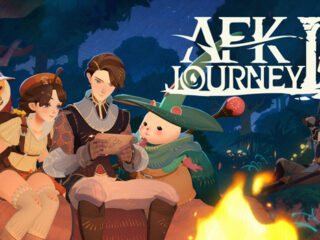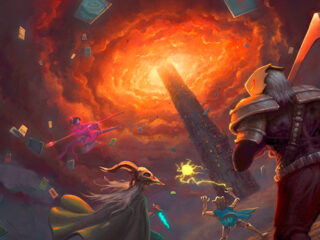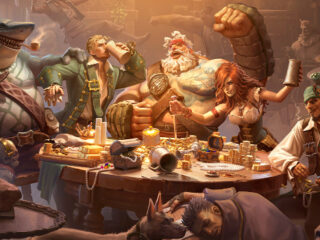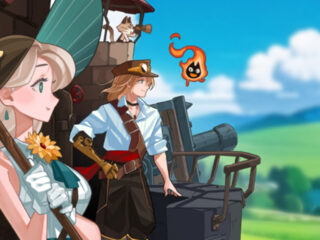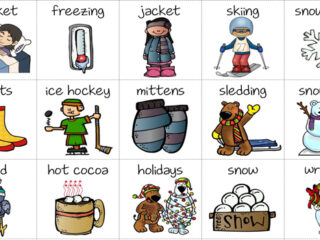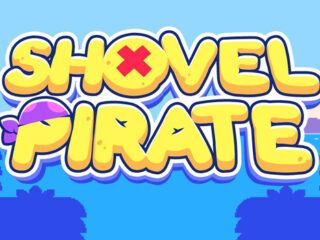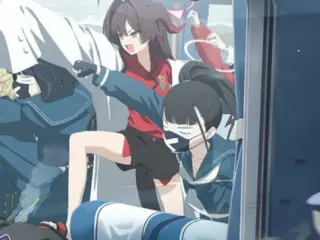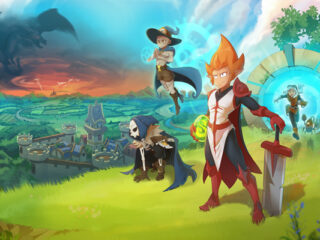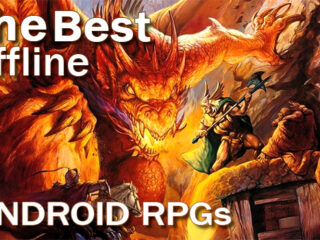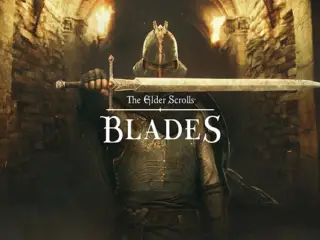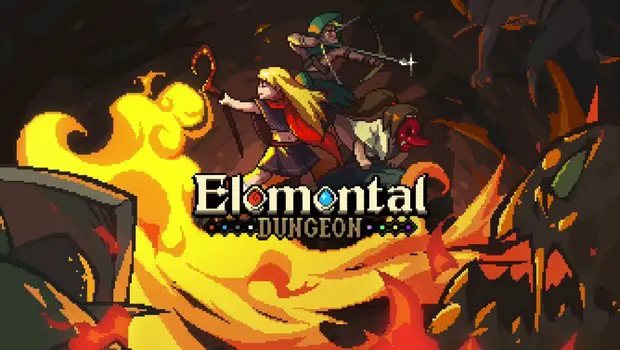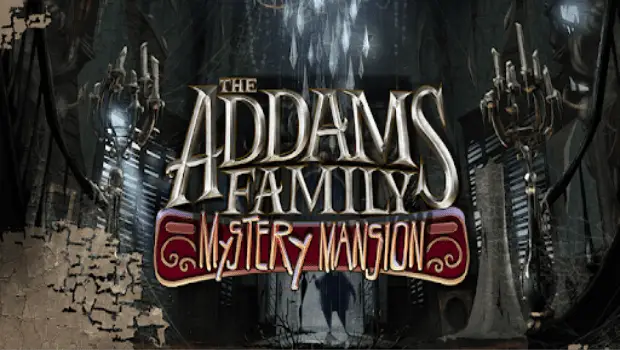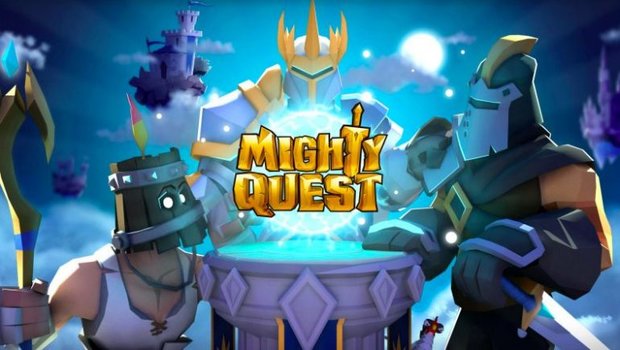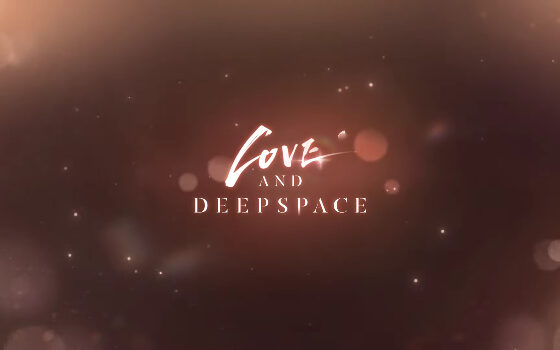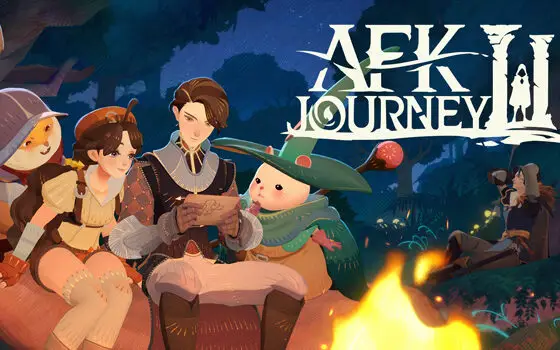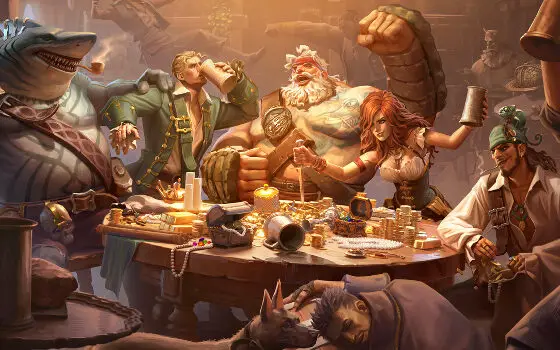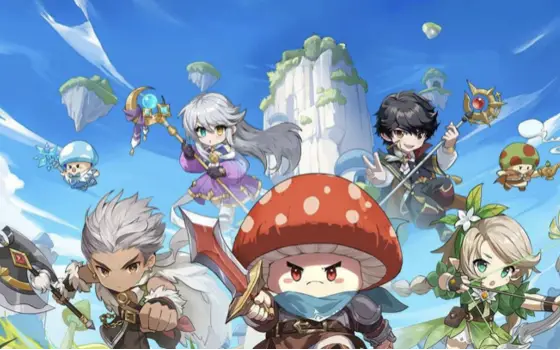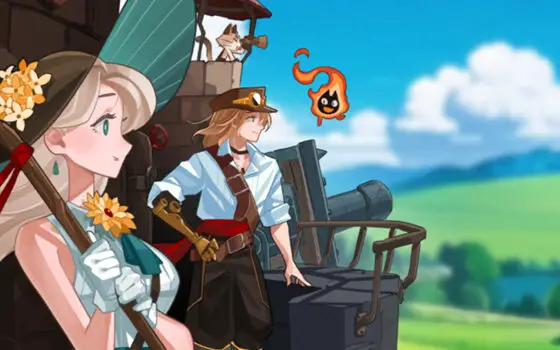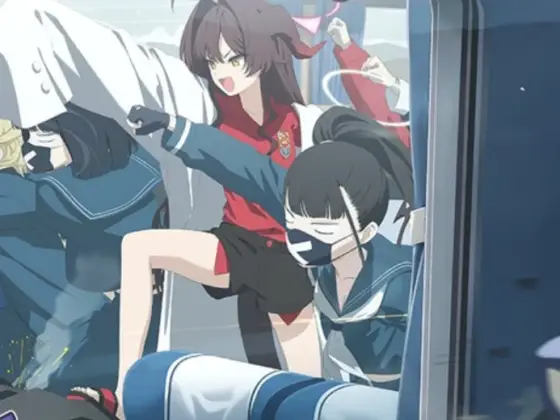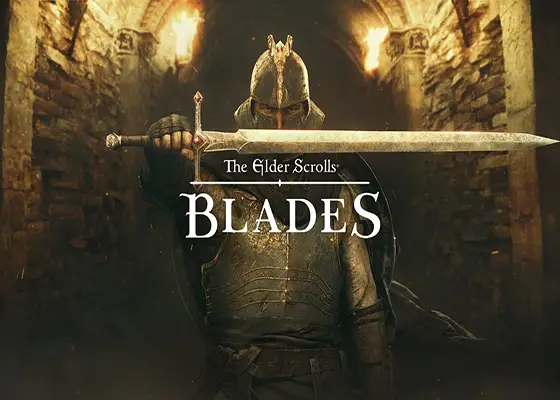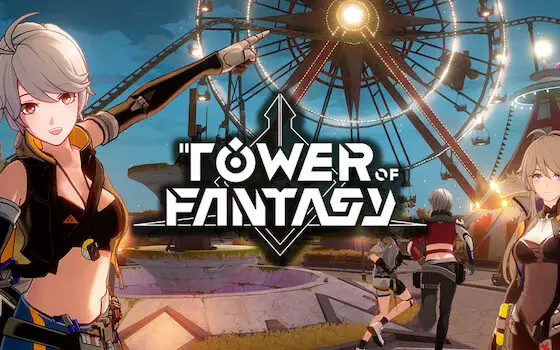Classic Dungeon Crawling and Rouge Elements
Rougelikes have been at the heart of hardcore gaming since Rogue’s release in 1983. And let that sink in—one of the most groundbreaking games of all time was created for DOS nearly 40 years ago. Of course, the industry has come a long way since then. For better or for worse, rogue-style gameplay has been augmented to fit more nuanced mechanics in order to appeal to the modern palate; thus the rougelite.
Combo Travellers’ Elemental Dungeon, as you might have guessed, is a rougelite—your progress still resets each time you die and the levels are randomly generated, but you engage in action-based combat rather than turn-based. It’s in the same ballpark as Enter the Gungeon and other indie hits that have captured the hearts of many gamers. Elemental Dungeon does a great job honoring this challenging tradition. It’s difficult. It makes you think on your feet. It feels claustrophobic when enemies close-in on you from all directions as you enter a room. A lot is working for this game. But alas, can rougelikes, games that deliver their feelings of accomplishment by beating players over the head, truly strive in a mobile environment? Like any game in the genre, the best way to find our way forward is through trial and error.
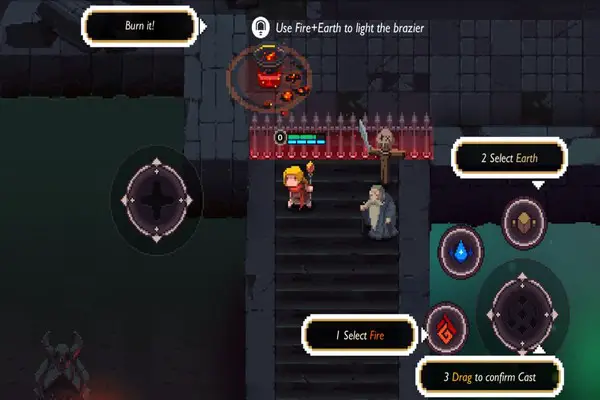
Elements at the Heart of Combat
As far as I’m concerned, there are never enough casters in games. In Elemental Dungeon, the only available starting class is a Mage caster with flashy and familiar abilities. You have access to six total elements, of which you can only equip three at a time. Each element allows you to spray damage at your opponents on a short cooldown. Some of these offer more utility (such as earth, which creates walls rather than doing damage). You toggle the spell-type you want to use by clicking the element. Clicking two or more elements makes them combine into a larger more powerful spell that drains mana upon use.
And boy, is that part fun. During most of my runs, I prioritized collecting the fire and earth elements because, when combined, they allow you to cast a sizeable AoE that rains meteors down on opponents. The spell persists after it’s cast, allowing the player to kite enemies around in their fiery circle of destruction. Only combined elemental spells cost mana. This frees up your ability to spam one or two single-element spells while waiting for your mana to regenerate. However, just because you are never locked out of casting anything doesn’t mean there is no drawback to depleting your mana. In many more intense situations such as boss battles, waiting for the high-impact skills becomes a dreadful (and risky) experience.
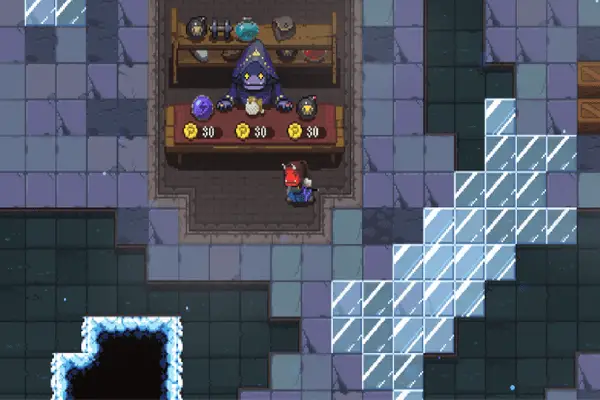
The Depths of Elemental Dungeon
Elemental Dungeon’s strengths lie in its ability to bring the rougelike atmosphere to the screen. The graphics are beautiful; Combo Travellers’ old-school sprite work is stellar, whether depicting the curling flames of large fire-based attacks, or differentiating one tile of the dungeon floor from the next. Even the NPC portraits are drawn in a muted pastel style. Characters bounce and breathe, and, while they only have animations for moving left and right, the simplicity of their design is charming instead of clunky. But don’t let the pretty visuals fool you. This game is challenging.
I spent much of my first few hours of the game replaying the first few floors of each dungeon, getting killed by the boss at the end of floor 1-5. I say “each dungeon” as not only is the floor layout randomized but also the type of dungeon. For the most part, the dungeons correspond to the same elements that you’re capable of wielding. Likewise, each dungeon has its own set of flavorful debuffs that befall you should you misstep into a trap. You can equip up to 5 accessories to prevent these effects.
Thankfully these effects are some of the few things the game saves for you after death. Before entering the dungeon, you can equip these in the hub world. But be careful—you may really want to bring fire resist for that tough boss, but there is no guarantee you won’t spawn in the ice world, where your trinket is useless.
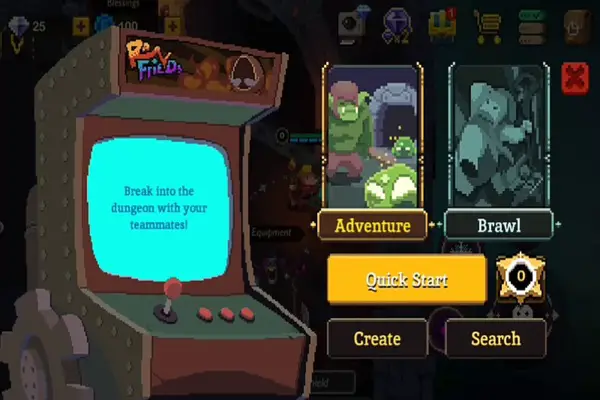
If Only It Were Just Elements and Dungeons
This game was fantastic for my first few hours. I still enjoy it now, but the experience becomes extremely marred by the unavoidable cash shop. There are an additional 3 characters currently available for unlock, and it is nearly impossible to unlock them with in-game methods (the final character costs 100 USD). Firstly, the premium-giving quests are limited to all those that you see upon first login. Once you complete them, there is no way to get more currency. In theory, you could enter the multiplayer modes to attempt clearing co-op dungeons or to battle against three other players in an arena-style duel. But not only do these methods take time, but the matchmaking servers are atrociously laggy. Over 80% of the games I queued for ended due to my connection being lost, and that’s being generous.
Additionally, having to play a separate mode, even if it worked, detracts from the main experience of a rougelike, which is playing the game incessantly to surpass your personal best. At first, not being able to purchase the premium items mid-run seemed like a real difficulty-booster. I was playing it up to be a self-imposed challenge.
Premium Roadblocks Gutting the Rouge from the Rougelite
It didn’t take long for these mechanics to feel like what they were: artificial obstacles. The title began to cripple beneath this realization. The game is balanced for premium mechanics that make playing the game in a rougelike fashion futile. The problem is essential to the understanding of the game and the way players experience rougelikes.
These paywalls eliminate mastery of skill from the game, as players are no longer forced to learn mechanics until they feel stronger from their experience. Soon after facing the first impediments in the game, players realize that they are limited by their wallets, not their problem-solving skills, effectively removing what makes rougelikes so enticing in the first place. One can’t help but scratch their head at Combo Travellers’ paywall. It’s a truly unfortunate design choice that significantly mars what could otherwise be a superb game.
Hardcore?
Kinda...
This game frontloads you with a wonderful experience that is as pleasing to the eyes as it is easy to control. It’s a fun title. But then the over-the-top premium mechanics make themselves known—loudly.


